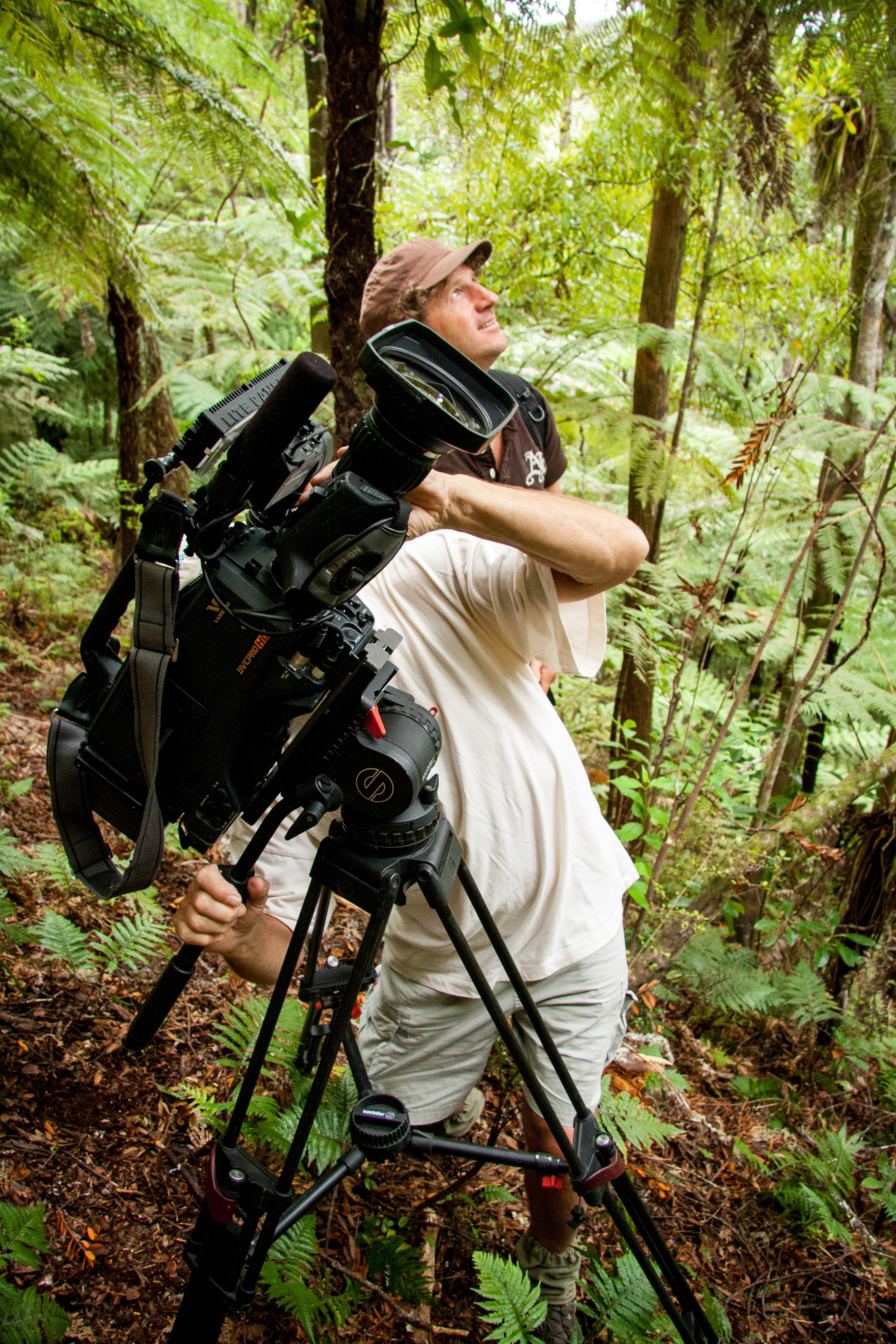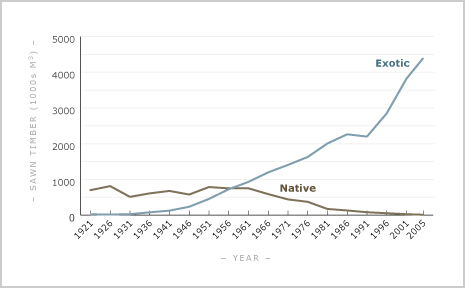The currency of kauri?
I grew up with a father whose great passion and weekend sport was tree planting. He instilled in me our duty to keep nature ahead of us. He believed, like Henry David Thoreau, that “in wildness is the preservation of man”.
We had a cottage on a lake where he planted and nurtured his beloved trees with an almost religious fervour. He had bird houses, platforms, and every type of avian dwelling erected in the surrounding forest.
A Saturday morning was never complete without a trip to the growers to buy mixed seeds for his flying friends. In the winter we harvested trees for firewood with a snow mobile and a trailer with skis. We would head out into the bush dressed for the Arctic with lunch and a chainsaw, returning late in the day with a load of cut and split firewood.
This balance, I believe, is crucial to the future of our growing human culture and the stress we cause to the environment. Our practice of clear cutting timber from plantation forests (sadly, also from native forests in too many countries) is a brutal assault on the eco system.
A forest is a living, breathing and ever changing environment and the creatures that live within it adapt to its’ slow pace of change. I view forests as organisms not wood factories.
In New Zealand we have been harvesting native forest since the 1800s. There have been a number of leading thinkers who have pushed for a more sustainable model of harvesting: continuous cover forestry.
Although there has been brief spasms of sustainable forestry management since the 1970s the industry has doggedly followed a model of clear-felling and our plantation forests are mainly harvested in this way. I believe we need to nurture a tradition of tree husbandry, care for the forest in a sustainable and environmentally sound way.
The continuous cover model is suited to slower growing species (such as kauri, totara, rimu…). Rather than planting large monocultures of trees and stripping the forest periodically, this model mimics natural processes.
Essentially, this ecological forestry works by keeping the canopy maintained at one or more levels, and has been used to great success in central Europe. The use of helicopters has helped to spur this industry along, as they can efficiently pluck a tree from a forest without ground disturbance and with minimal surrounding tree damage.
In my film Song of the Kauri, I have focused largely on our forest kings, kauri. Before people settled in New Zealand, forests containing kauri covered much of the north and the Coromandel Peninsula. Today, we have only 4% of our original kauri forest left. A relatively new disease, aptly named Kauri Dieback, is a new enemy of our beloved tree and is causing severe damage to our forests.
The idea for this film came to me quite unexpectedly. I have been a close friend of instrument-maker Laurie Williams for many years and have had the pleasure of touring the world with one of his kauri guitars. Beyond the sound and exquisite craftsmanship, there is a story in the wonderful timbers he uses, mainly recycled and reclaimed NZ natives.
One day we were chatting and he mentioned that a northland forester named Steve Lane had spoken to him about a kauri tree on a forest block called Waingarara owned by Karamea Davis. Karamea had a few felling permits but had long ago stopped taking any timber.
The Williams guitar that I owned came from a tree felled on Waingarara over 80 years ago and Steve wondered whether the kauri grown there had some special characteristics that made the guitars sound so good.
Laurie and Steve went to visit Karamea to discuss the possibility of activating the permit to fell a kauri tree. Laurie had brought a few instruments and when Karamea saw them he said “I want my trees to sing”. He believed that the strongest environmental message he could send was to let his trees travel the world as messengers of sustainable forestry and balanced capitalism.
I knew that this story needed to be told and that the seed of a beautiful and powerful film had been planted.
The driving questions of the film are:
Can we commercialise kauri in a way that also benefits our forests and wildlife?
Can the government detail a cohesive forestry policy that will ensure sustainable management and economic viability for the private sector?
Can high-value, slow-growing kauri (60 years to see a return) compete with fast-growing yet cheap crops like pine?
Can we become price makers instead of price takers in the world market if we adopt a native forestry plantation model?
Can we free ourselves from the use of tanalised timbers by growing native trees?
Before I settled in New Zealand I had heard about the NZ native forest and the mighty kauri. Sadly, my first journeys into Northland showed me a land that was more like a large farming estate. I did see amazing forests of native trees but was amazed at the protectionist views and the lack of foresight in not replanting native trees instead of an exotic species that would, at best, be a temporary economic benefit to a country with the potential to grow the finest trees in the world.
Kauri are New Zealand’s majestic and mythological native trees. They are deeply rooted in the cultural and economic history of New Zealand, yet were nearly eradicated by early settlers and questionable government policies. Since I embarked on this project, I have interviewed all number of experts and decision-makers in a variety of fields. Philosophers, economists, historians, scientists, professors and woodsmen share their ideas alongside a number of acclaimed musicians such as Michael Chapdelaine, Tiki Taane, Nigel Gavin, and Miranda Adams.
Song of the Kauri has been a fantastic journey full of adventures and wonderful people, and I hope it raises discussions, not just around the dinner table, but in board-rooms and parliamentary chambers. A documentary film should entertain and challenge, enchant and anger, but above all it should elicit action.
With a managed forestry plan, New Zealand could be a world leader in creating environmental futures for our children. This is the Song of the Kauri.
Song of the Kauri is playing at the New Zealand Film Festival, for details see here


